Article of the week
Sachsen. Christian II. Johann Georg I. und August,
1 591-1611. 10 Dukaten 1611, Dresden, auf den Tod
Christians II. am 23. Juni. NGC: MS 65.
Von allergrößter Seltenheit.
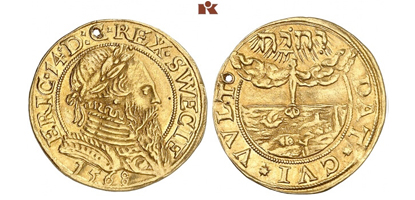




1665-1679. Löser zu 6 Reichstalern 1679, Zellerfeld.
Geprägt und verteilt anlässlich der Beerdigung
Johann Friedrichs. Aus Sammlung Salton und
Sammlung Meyerhof, Auktion Schulman 171 (1930),
Nr. 156. Äußerst selten. Fast vorzüglich.
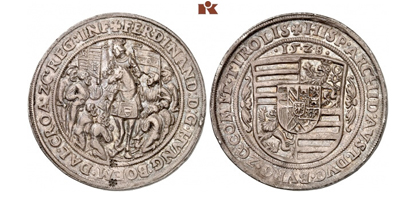
News
The Zurich International Coin Fair 2023
For many decades, the coin fair in Zurich has been the most important meeting point for the Swiss numismatic scene. In 2023, it was particularly crowded, as Swissmint had planned a special sale that drew many interested people.
Exclusive High Relief Coin by Swissmint
In cooperation with CIT Coin Invest, Swissmint offered a special coin with smartminting high relief for the Zurich International Coin Fair.
New CCG Office will open in Dubai 2024
The Certified Collectibles Group will open an office in Dubai in 2024. The new office will make it easier for collectors and dealers in the region to submit to NGC, PMG and CGC.
Croatia’s New “Lace-Making in Croatia” Gold Coins
Croatia has released three new gold commemorative coins to pay tribute to lace-making, a tradition recognised by UNESCO. The manufacture of lace in Pag, Hvar, and Lepoglava has been part of the Intangible Cultural Heritage of Humanity since 2009.
George Kolbe Retires from Bookselling
After over 55 years in the numismatic bookseller business, George Kolbe decided to retire from the partnership of Kolbe & Fanning Numismatic Booksellers.
CDN Acquires Whitman: What Does This Mean for the Coin Market?
CDN Publishing acquires Whitman Publishing: who is behind the companies and why will this deal affect the international and US coin markets? A commentary by Ursula Kampmann.



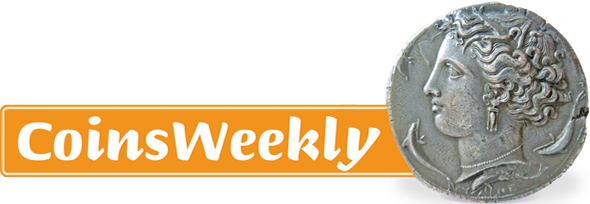
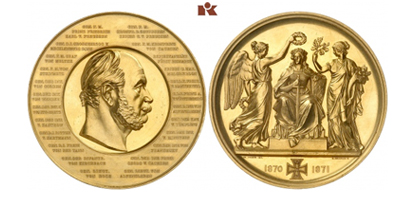
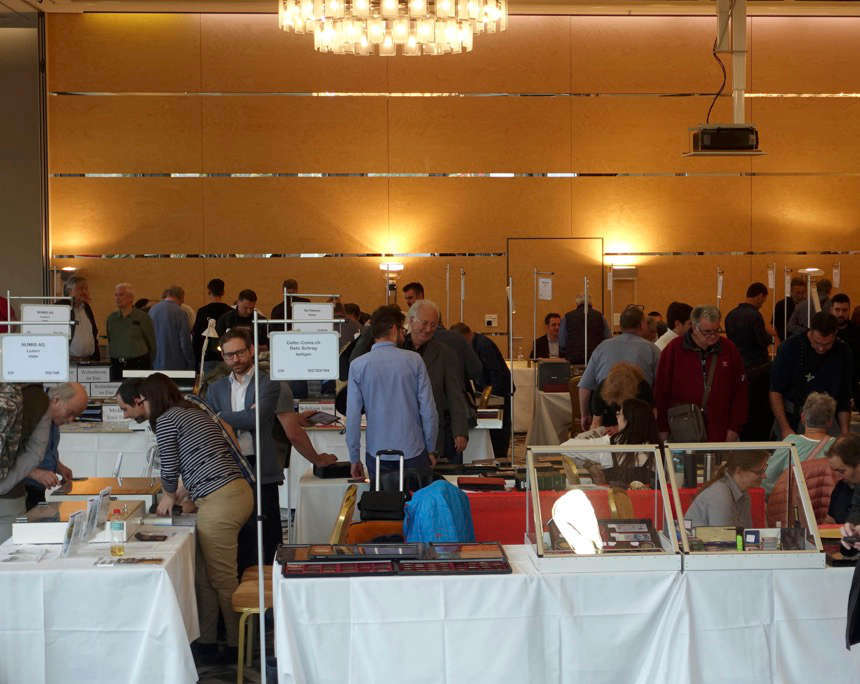
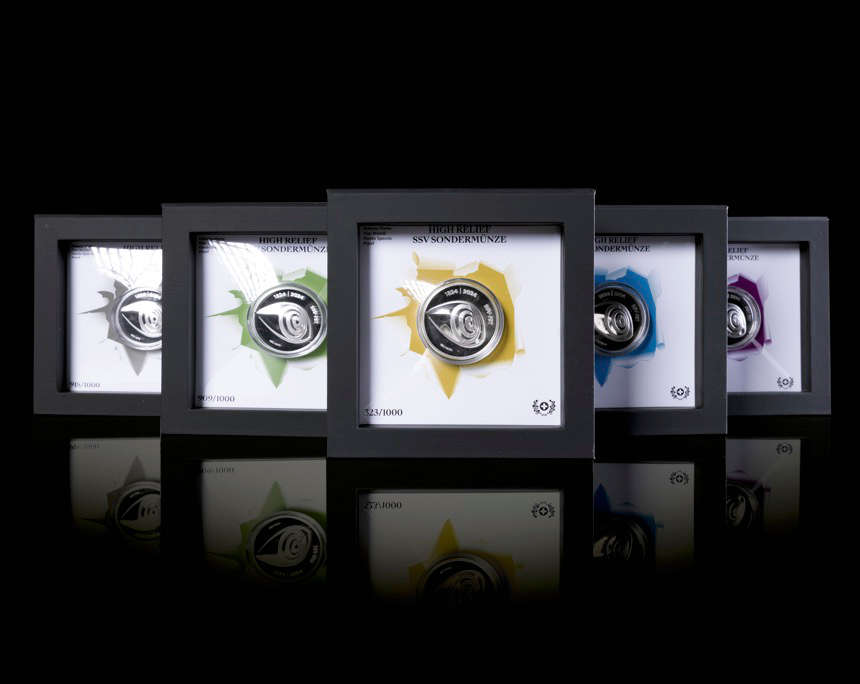
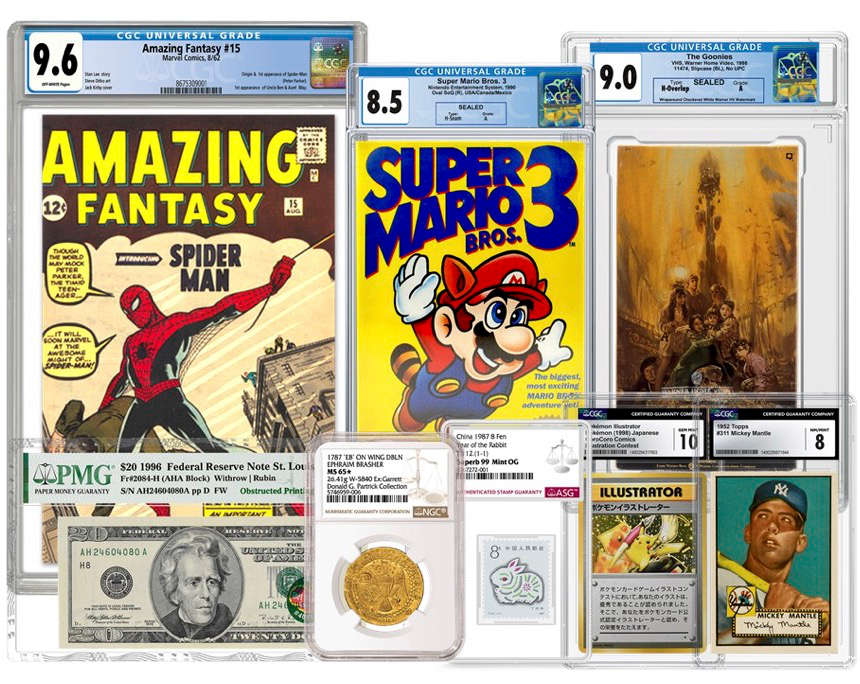
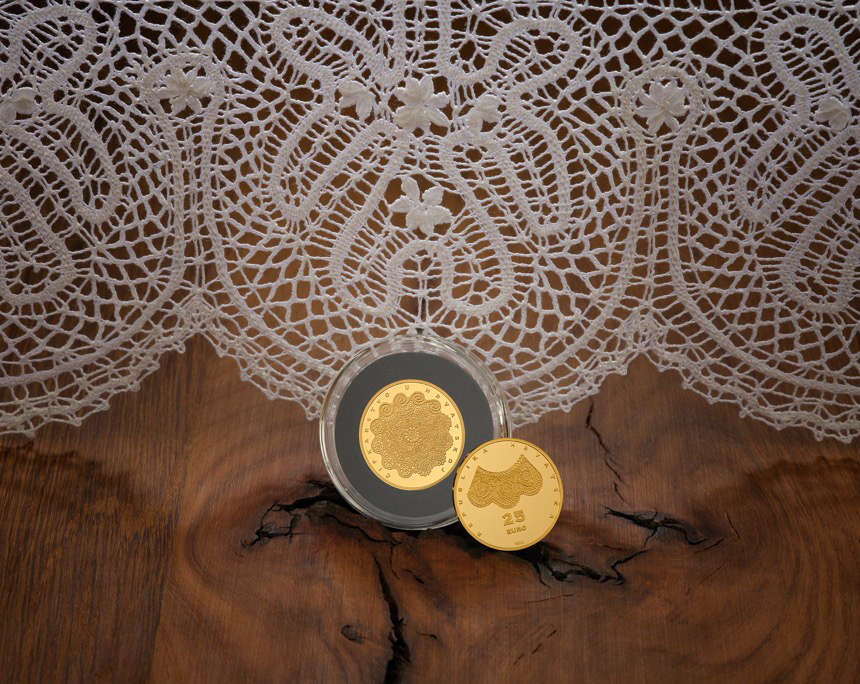
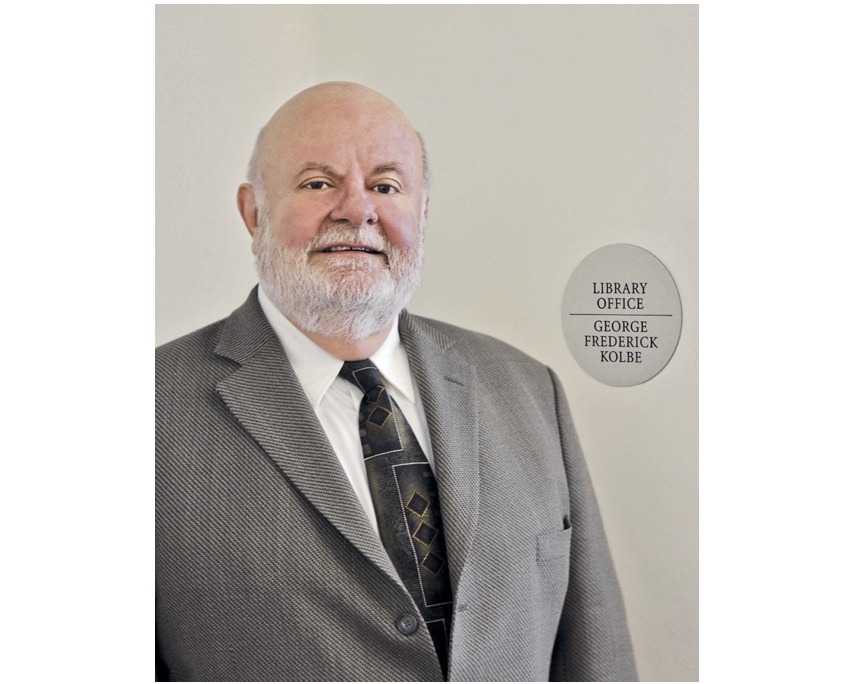

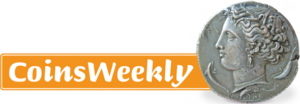
Münster, Osnabrück, Passau and the Counts of Lamberg
Münster, Osnabrück and Passau: How are these places related to the Counts of Lamberg? We use coins from Künker’s auction 424 to illustrate how noble families in the Holy Roman Empire climbed the social ladder in early modern times, and explain the reasons for and the consequences of such ascents.